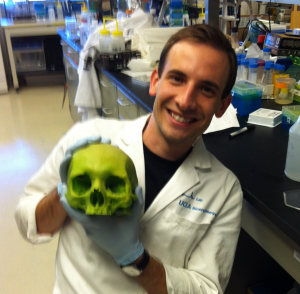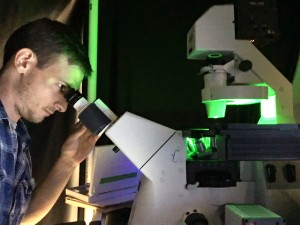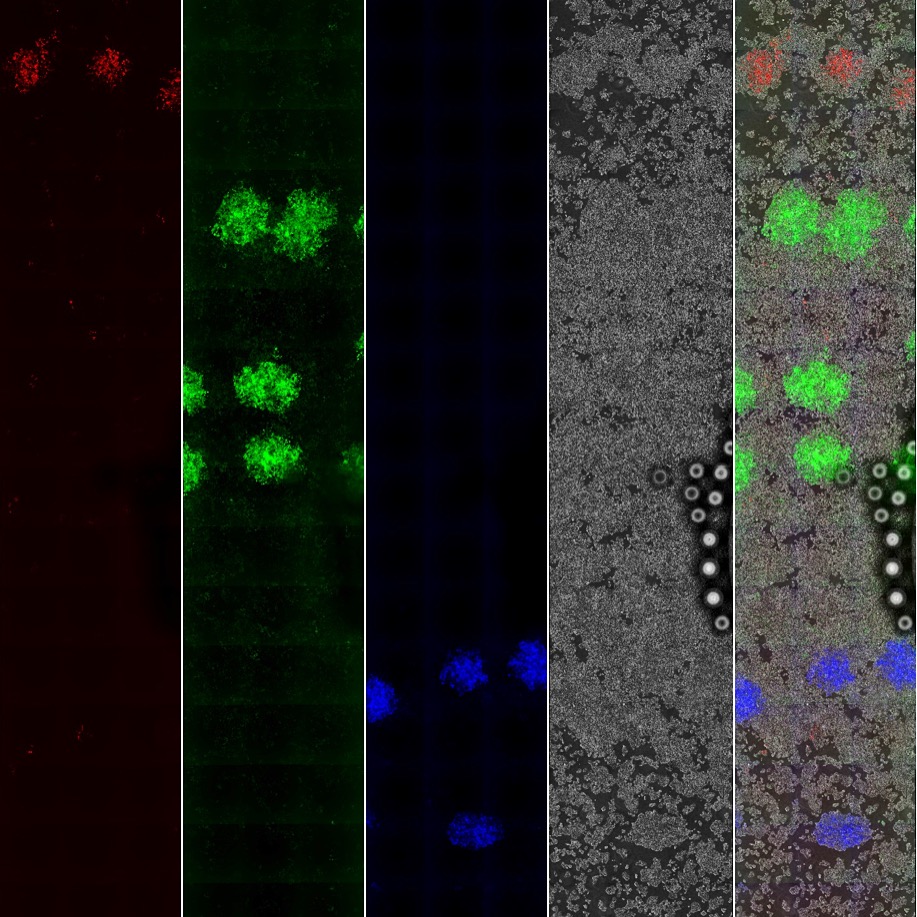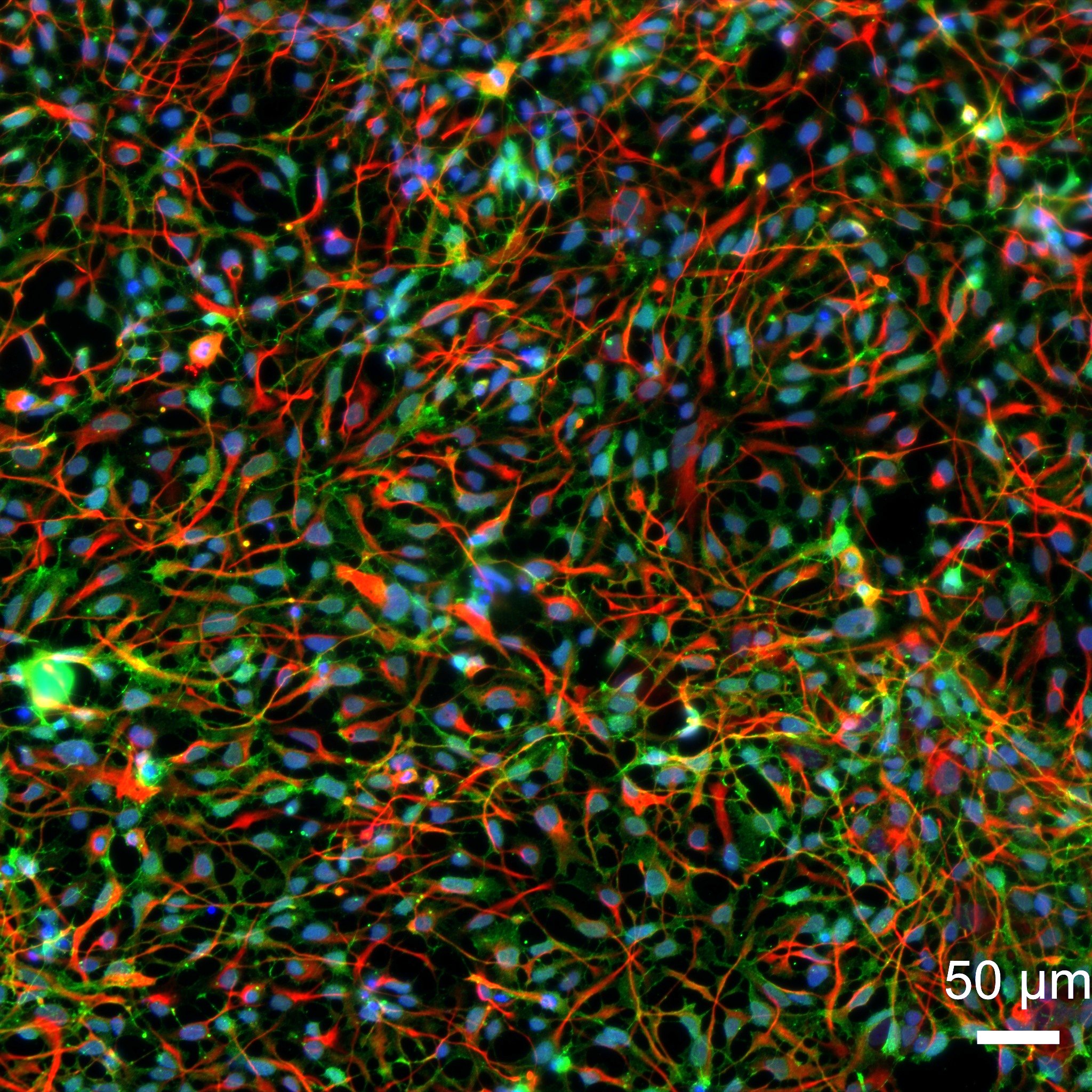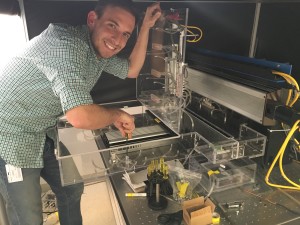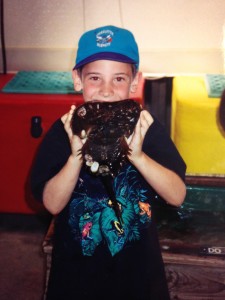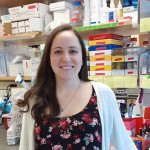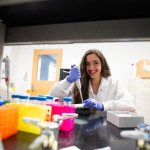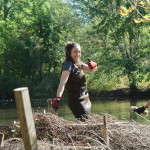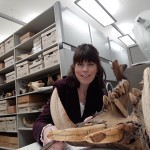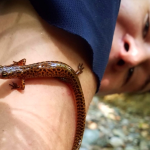The scientist we’re spotlighting today, Chris Walthers, is a postdoc studying neuroscience/bioengineering at UCLA. He’s been a pen pal in Letters to a Pre-Scientist since its inception in 2010! Here’s Chris talking about his research- and sharing some amazing photos from it, too!
Tell us about yourself!
Tell us about your research!
The lab I work in studies how to repair the brain, spinal cord, and nervous system after disease. We study how stem cells in the brain respond to injuries like a concussion or long-term diseases like Alzheimer’s. Stem cells are very important in our bodies – they can be found anywhere our body is growing or healing. Stem cells are in the roots of our hair, they heal our skin when we get a scratch, fix our bones when they break, and continuously refresh our blood to keep us healthy. We have stem cells in our brain, and usually they do a great job keeping our brain healthy, but sometimes they don’t repair damage even though they should. My job is to understand what happens when the stem cells fix the damage and how come they sometimes don’t. We create a synthetic environment similar to the brain and then study how various parts lead to genetic changes in the stem cells, such as the soft or how stiff the material is, or what types of proteins are present. As Bioengineers, our excellent understanding of many scientific fields means that we can use chemistry to create biological materials, engineering to test the properties of the materials, biology to understand stem cells, and math to do complicated statistics to understand the genetic changes happening in the stem cells.
What is a day like in your lab?
Every day in the lab is very different, which is one of my favorite parts of Bioengineering research.Since the stem cells we use in the lab are alive, they have similar needs to any other living thing. They need to be fed, given oxygen, kept warm, and cleaned. I usually spend about 2 hours every day or so making sure the stem cells are happy and healthy. Right now I am working on a giant robotic printer that makes a bunch of microscopic dots on a surface – called a microarray – so that we can do a large number of tests on our stem cells with many different environments all at the same time. These experiments require computer programming to control the robots, physics to create and look at the tiny dots, and a lot of patience to deal with the mistakes that are always made when starting up new technology. The last part isn’t necessarily a type of science, but it is crucial to a scientist.Last but not least, I usually spend an hour or two at the end of my day reading articles from scientific journals, where other scientists talk about the results of their experiments, and planning my experiments for the next day. I have found that when I plan my experiments in advance, I have a better understanding of what I need to do and I can think about problems that might happen in advance, which gives me time to fix them before I start the experiment.
What are some important skills for successful scientists to have?
I always say that the most important skill a scientist can have is good teamwork and communication. When scientists talk with each other, we can combine each of our best ideas together and help one another learn. When we work as a team, we can combine each of our best skills and help one another succeed. No scientist in history ever worked alone – even Einstein, one of the greatest scientists ever, talked daily to his friends and other scientists about his ideas.
Thought I love my job and I love science, its easy to sometimes lose sight of what makes science so great. LPS students are so inspiring with their unbridled curiosity and interest in the world around them. It makes me a better scientist, and hopefully I can help them be a better scientist, too.

